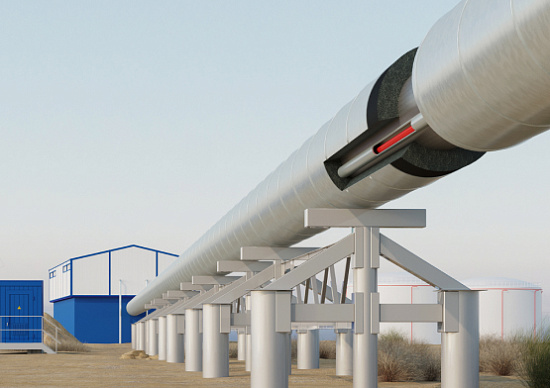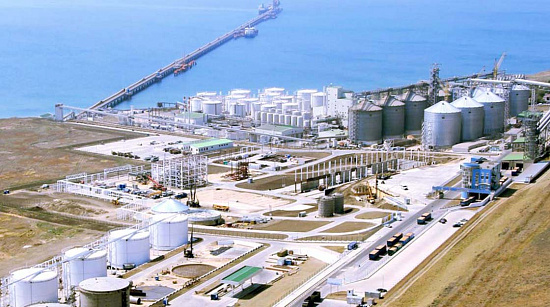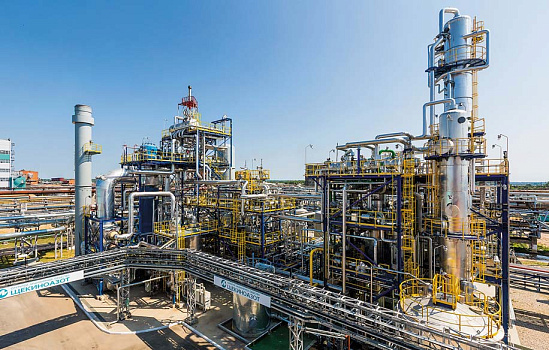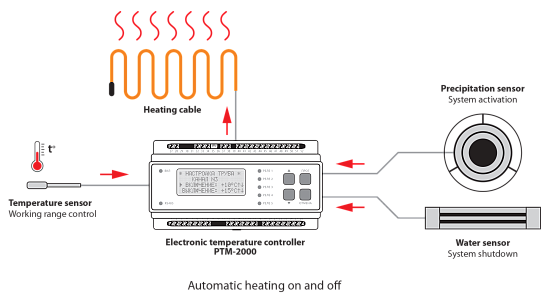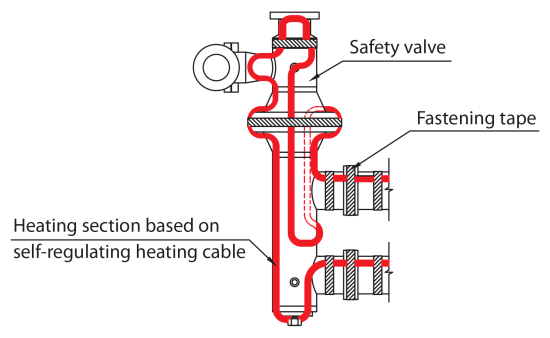When the extracted product moves from the subsurface to the surface, heat losses occur in the soil surrounding the well, resulting in paraffins’ or gas hydrates’ formation that can severely inhibit the production process. It is possible to prevent this by using a system based on heating cables.
The main parameter for determining the components of an oil well heating system is the heating power. This value is calculated individually for each well, since it is directly dependent on the depth of the formation, the well flow rate, humidity and thermal conductivity of the soil, and other characteristics of the flow of fluid through the pump and compressor pipe. Also, when designing an electric heating system, you should take into account the required depth of the start of heating. The design takes into account the heating mode, in which the heating cable is supplied from the depth at which the liquid temperature falls below the required value.
StreamTracer™ system based on a skin-heater allows you to approach this issue individually, take into account all parameters, reduce heat loss and energy consumption.
SST Group produces various systems for heating wells and pipelines based on series-resistance and self-regulating heating cables.
For any heat tracing systems an accompanying electrical network is required, through which voltage is supplied to the heating sections. With a relatively short pipeline length (up to about 150 meters), the size of the accompanying network is minimal. Pipelines with a length of 200-500 m can also be heated with series-resistance and self-regulating cables, but in this case the cost of the accompanying network becomes comparable to the cost of heating cables. For pipelines with a length of 500-3000 m the optimal solution is to use special three-core resistive heating cables of LLS series. This cable simultaneously serves as a heating element and a supply line.
For systems with a length of more than 3 km, a skin-system or induction-resistive heating system (IRHS) is used for heating, maintaining the temperature and protecting pipelines from freezing. For pipelines up to 150 km, VeLL system is designed based on three-phase resistive cable.
SST Group has experience in designing, manufacturing and installing all types of systems described above, including the heating system for subsea pipelines. ATEX and IECEx certificates prove the safety of our solutions in explosive areas at oil and gas sites.
For many years SST group has successfully cooperated with major Russian and international corporations, including Total, Dragon Oil, Gazprom, Rosneft, LUKOIL, Transneft, and others.
